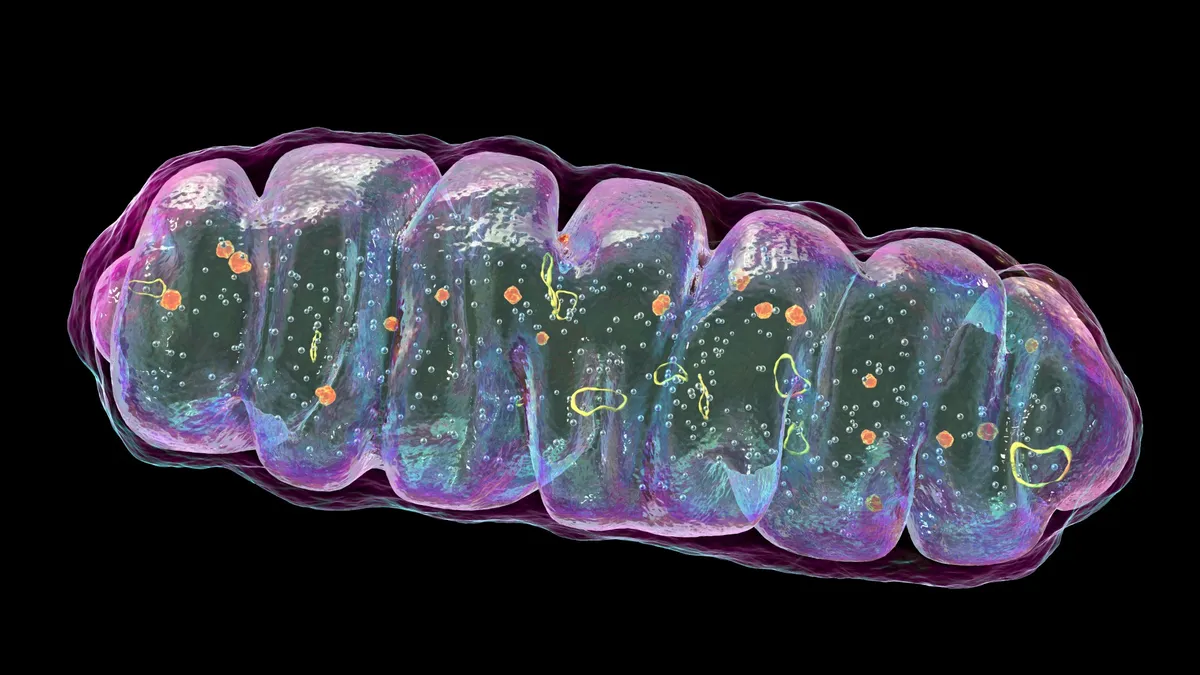
In a remarkable medical journey, an 8-year-old boy experienced a rapid decline in health over just a few months. In August 2023, he was full of energy, playing soccer and running with friends. However, by September, he began to suffer from involuntary muscle contractions affecting both his ankles. By October, the once-active child had lost the ability to run and engage in sports. By late November, he was falling frequently, prompting physical therapists to recommend a wheelchair for mobility.
Genetic testing provided clarity regarding the boy's sudden deterioration, revealing that he carried two mutant copies of a gene known as HPDL. This gene is crucial for producing a vital antioxidant called coenzyme Q10 (CoQ10), which is essential for the proper functioning of mitochondria, the cellular powerhouses responsible for energy production. HPDL deficiencies are rare and can vary significantly in severity based on the specific mutations present.
In this case, the boy's troubling symptoms, such as muscle spasticity and paralysis, emerged only after he turned eight years old. Tragically, two of his siblings had previously died in infancy from a more severe form of the same condition, which was characterized by brain damage and seizures. The child's parents were understandably fearful that he might face a similar fate, especially given the absence of available treatments for HPDL deficiency.
When Dr. Claire Miller, a pediatric neurologist specializing in movement disorders at NYU Langone Health, first met the family in November 2023, the child's condition was rapidly worsening. He struggled to cross the hospital lobby without falling. However, with the help of Dr. Miller and a team of specialists, the boy was granted special permission from the Food and Drug Administration (FDA) to begin an experimental treatment that had never before been tested in humans.
This groundbreaking treatment involved a molecule that helps the body compensate for the lack of HPDL, enabling the production of CoQ10. Remarkably, within a month of starting the treatment, the boy was able to walk over half a mile (1 kilometer) through Central Park with his family. As time progressed, he even participated in a 4-mile (6 km) hike and learned to operate the pedals of a go-kart independently. His strength, energy, and stamina were on the rise, leading his family to express their gratitude for the positive impact of the treatment.
The experimental treatment was based on promising findings from laboratory experiments conducted on mice by Dr. Michael Pacold, an assistant professor at the NYU Grossman School of Medicine and the Perlmutter Cancer Center. A recent study published in the journal Nature outlined the lab's previous work, which explored the role of HPDL in mitochondria. The researchers discovered that HPDL is crucial for the initial step in a chain reaction that ultimately produces CoQ10.
In essence, HPDL converts a compound called 4-HMA into another compound, 4-HB, which is then used to build the head of CoQ10. This antioxidant plays a critical role in protecting mitochondria from reactive molecules that can cause damage. Additionally, CoQ10 is vital in energy production processes within the body, particularly for energy-intensive organs like the brain and muscles.
While CoQ10 is available as a dietary supplement, its absorption into the brain is limited. The reasons for this are not fully understood, but it is known that CoQ10 is poorly absorbed in the gut, and a significant amount does not reach the bloodstream. Furthermore, its large and greasy molecular structure hinders its movement across the brain's protective barrier. This has led researchers to seek alternative methods for increasing antioxidant levels in the central nervous system.
In their mouse studies, the Pacold lab found that administering 4-HMA and 4-HB could effectively bypass the missing HPDL, resulting in survival rates of 90% in treated mice, along with only limited neurological symptoms. Dr. Miller was encouraged by these findings and believed that the same treatment could potentially benefit the boy with HPDL deficiency, despite the inherent risks associated with experimental treatments.
Now, following this innovative approach, the boy continues to take his daily treatment in a palatable oral solution. Since starting the regimen in December 2023, he has regained the ability to perform most daily activities independently, sparking hope for a brighter future.
While the initial results in both mice and the young patient are promising, experts emphasize the need for further investigation. Siegfried Hekimi, a professor of biology at McGill University, highlighted the importance of understanding the precise mechanisms behind the observed improvements. He noted that the effects seen in the child and lab mice may not solely be attributed to restored CoQ10 levels and could involve other unexplored pathways.
Dr. Pacold stressed that this experimental treatment has only been administered to one patient thus far, and the next step is to expand testing to more individuals with HPDL deficiencies. The medical team remains hopeful for the future, with Dr. Miller describing the situation as a "heartwarming story" of recovery against the odds.
As the field of mitochondrial disease research continues to evolve, the journey of this brave 8-year-old boy serves as a beacon of hope for families facing similar challenges. With ongoing research and experimental treatments, there is a growing optimism that advancements in medicine could lead to better outcomes for patients with rare and devastating conditions like HPDL deficiency.